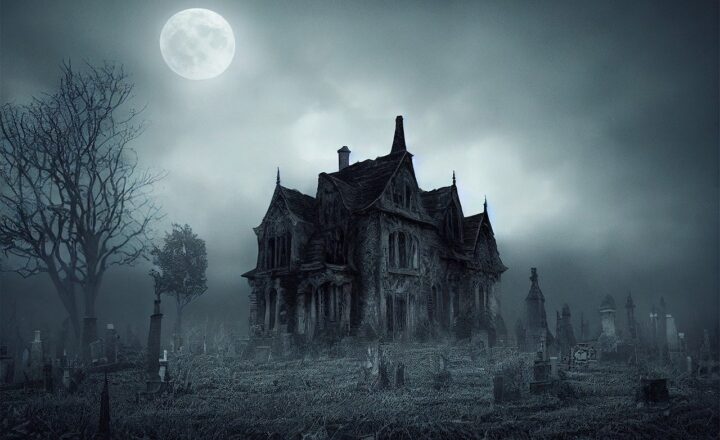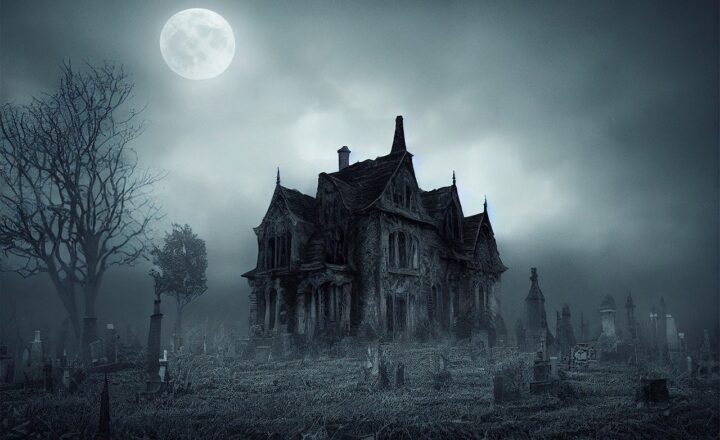The Horror Movies That Pushed the Boundaries of Storytelling and Shock Value
November 17, 2024

Horror cinema has always been a reflective medium, capable of exposing societal fears, exploring the darkness of the human psyche, and challenging narrative conventions. In this article, we delve into the horror movies that not only terrified audiences but also transformed the genre by pushing the boundaries of storytelling and shock value.
1. Psycho (1960): The Birth of Psychological Horror
Alfred Hitchcock’s “Psycho” is often credited with ushering in a new era of horror. With its chilling story of Norman Bates, a seemingly innocuous motel owner with a sinister secret, “Psycho” defied traditional plot structures by killing off its leading lady, Marion Crane, halfway through the film. This bold narrative decision not only left audiences in shock but also paved the way for psychological horror films that explore the complexities of human nature and mental illness.
The famous shower scene remains one of the most iconic moments in film history, utilizing innovative editing and sound design to convey terror without showing excessive violence. Hitchcock’s masterful use of suspense and unexpected plot twists has had a lasting influence on countless horror films.
2. The Exorcist (1973): Blurring the Line Between Faith and Fear
William Friedkin’s “The Exorcist” is often regarded as one of the scariest films of all time, thanks to its shocking themes and unsettling visuals. Based on a true story, the film tells the tale of a young girl, Regan, who becomes possessed by a malevolent entity. The juxtaposition of youthful innocence with horrifying evil serves to amplify the film’s impact.
Friedkin’s approach pushed the boundaries of special effects, blending them seamlessly with deep emotional storytelling. The visceral intensity not only shocked audiences but also challenged religious beliefs, as it spurred discussions around faith, the nature of good and evil, and the power of belief. Films following in its wake have sought to replicate its success, yet few have matched its audacity.
3. A Clockwork Orange (1971): Exploring the Extremities of Violence and Free Will
Stanley Kubrick’s “A Clockwork Orange” is a controversial masterpiece that explores themes of violence, free will, and societal decay. Based on Anthony Burgess’s novel, the film follows Alex, a young delinquent who revels in violence and anarchy. Kubrick’s bold imagery and unflinching portrayal of brutal acts serve to repulse and provoke audiences, asking difficult questions about morality and control.
The movie’s innovative narrative structure, coupled with its use of classical music, creates a visceral experience that stays with viewers long after the credits roll. “A Clockwork Orange” pushes storytelling boundaries not just through its shocking visuals, but through its philosophical explorations, solidifying its place in both horror and dystopian cinema.
4. The Texas Chain Saw Massacre (1974): Redefining Realism and Grindhouse Aesthetics
Tobe Hooper’s “The Texas Chain Saw Massacre” stands out as a harbinger of the slasher genre, blending raw realism and brutal gore in a way that had rarely been seen before. Inspired by true events, the film follows a group of friends who become entangled with a family of cannibals, notably featuring the iconic character Leatherface.
What sets this film apart is its grainy cinematography and documentary-style presentation, which enhances its unsettling and immersive experience. With minimal special effects, the film relies on the power of suggestion, leaving much to the imagination of the viewer, which can sometimes be more frightening than what is shown on screen. The film’s bleak portrayal of humanity and survivalism resonates to this day and has inspired countless imitations.
5. Get Out (2017): A Commentary on Race and Society
Jordan Peele’s “Get Out” is a modern horror masterpiece that deftly combines social commentary with spine-tingling suspense. The film follows Chris, a Black man who uncovers a terrifying secret about his white girlfriend’s family during a weekend getaway. Peele’s work stands out for its exploration of systemic racism, cultural appropriation, and the psychological horrors of being marginalized.
The film’s clever use of satire and tension reveals the underlying fears and prejudices in contemporary society, showcasing how horror can be a vehicle for deeper discussions about race and identity. “Get Out” not only shocked audiences with its twists and turns but also sparked a larger conversation about representation in cinema, elevating horror into a thought-provoking genre.
6. Hereditary (2018): The Rise of Folk Horror and Family Trauma
Ari Aster’s “Hereditary” revitalizes the horror genre with its unique blend of family drama and folk horror. Centering on the Graham family as they navigate tragedy and supernatural terror, the film explores themes of grief, trauma, and generational curses. Aster employs a slow-burn narrative that immerses viewers in the characters’ psychological turmoil, leading up to an explosion of horror that is both shocking and poignant.
The film’s unsettling atmosphere is reinforced by its meticulous cinematography and haunting sound design, enhancing the sense of dread that permeates the story. “Hereditary” pushes the boundaries of horror by intertwining personal experiences with supernatural elements, showing how trauma can manifest in terrifying ways.
Conclusion: The Evolution of Horror Cinema
The horror films discussed here demonstrate the genre’s ability to evolve and adapt, reflecting societal concerns and pushing the boundaries of storytelling and shock value. From psychological horrors that explore the depths of madness to socially conscious narratives that address pressing issues, horror remains an essential medium for both entertainment and reflection. As we move forward, it’s evident that horror will continue to surprise and challenge audiences, reaffirming its place in cinematic history.
Whether you’re a casual viewer or a devoted fan, these films invite you to explore the darkest corners of storytelling and remind us that fear can be a powerful catalyst for change and understanding in our world.








